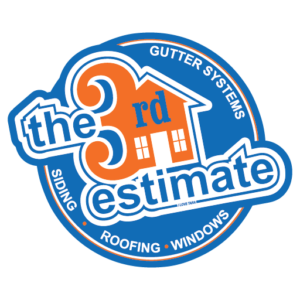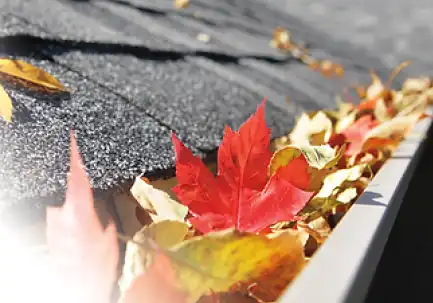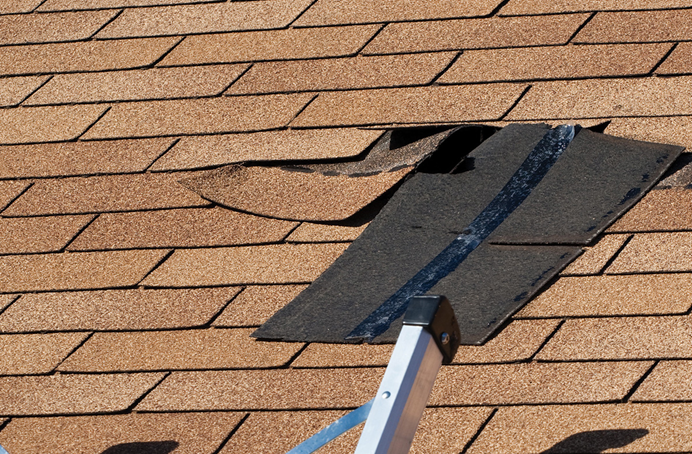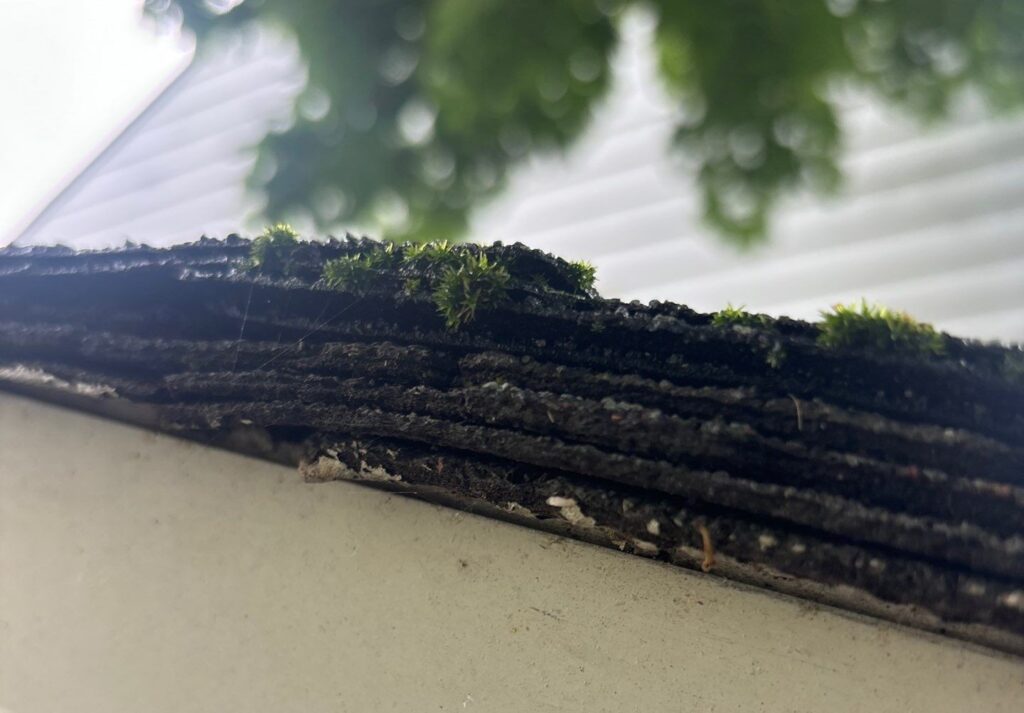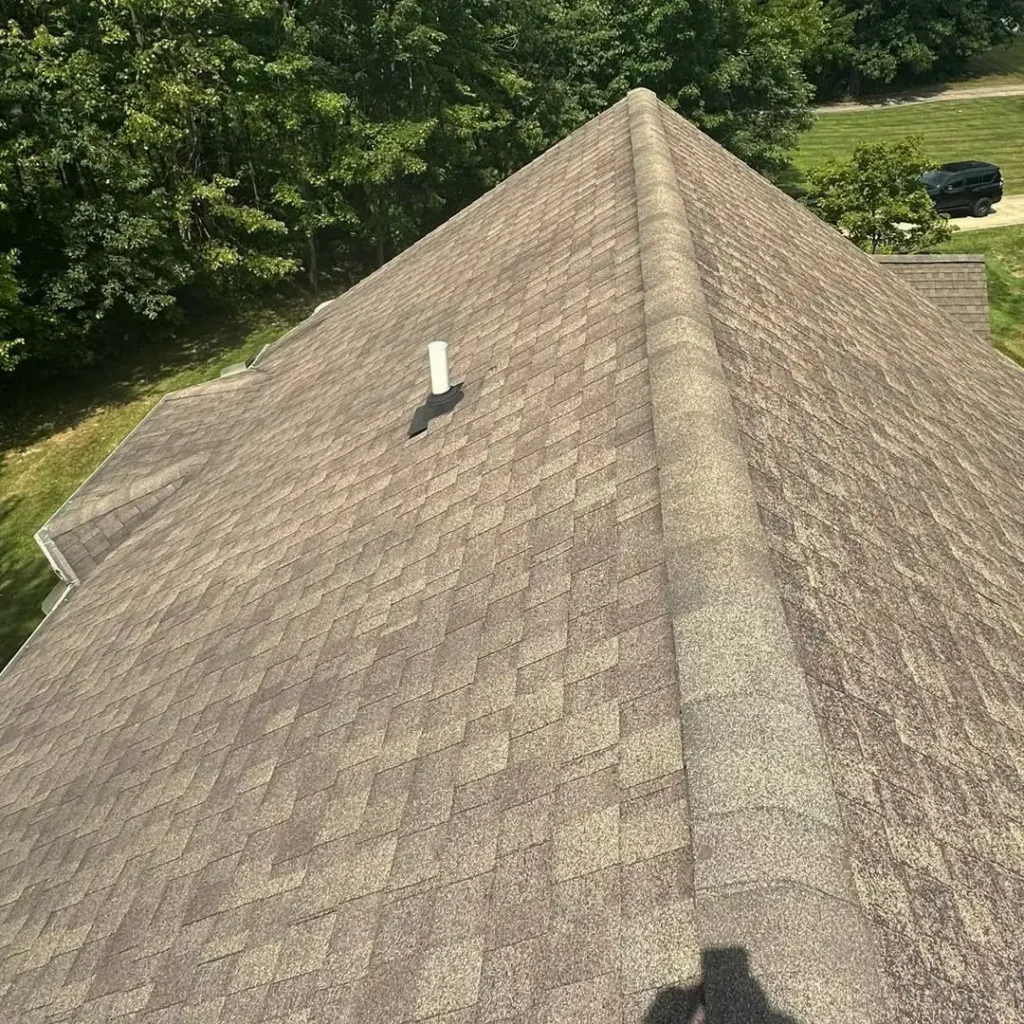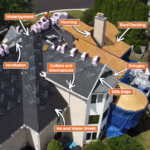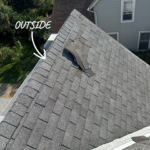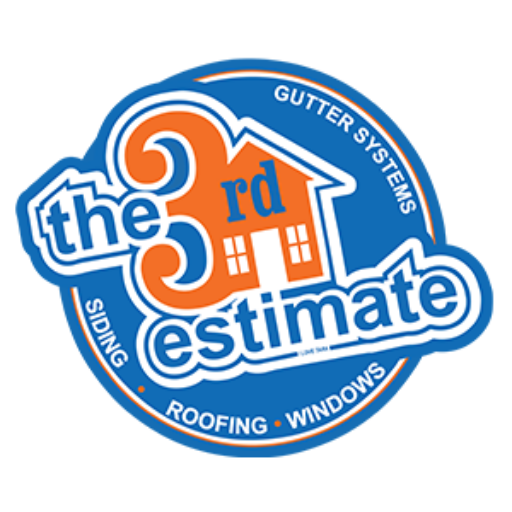How Do I Identify Storm Damage on My Roof?
Storms can be a massive threat to the integrity of your home, particularly your roof. Identifying storm damage early can save you from expensive repairs or a complete roof replacement. But how do you know if your roof has been damaged after a storm? Here’s a guide to help you recognize the signs of roof damage and what steps you should take if you suspect any issues.
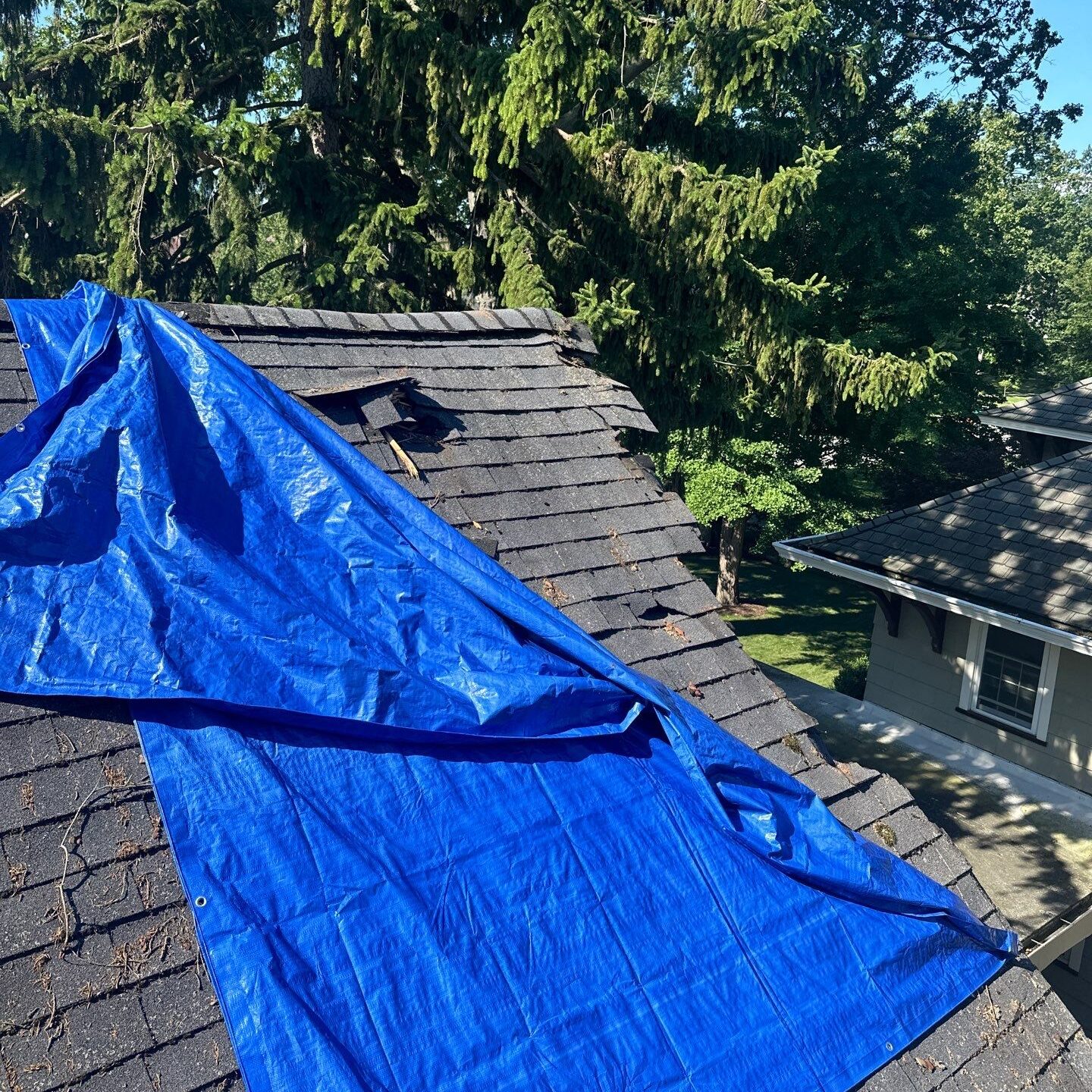
Check for Visible Signs of Damage
After a storm, one of the first things you should do is visually inspect your roof from the ground. Look for the following signs:
- Missing or Broken Shingles: High winds can lift or break shingles off your roof. Missing shingles can leave your roof vulnerable to leaks.
- Dents in Shingles or Gutters: Hail can cause dents in your shingles, gutters, or siding. These dents may not seem like a huge deal, but they can lead to bigger problems if left unresolved.
- Granule Loss: If you notice granules from your shingles in your gutters or around your home, this could be a sign that your shingles are damaged and need to be replaced.
- Flashing Damage: Check the flashing around chimneys, vents, and other parts of your roof. Bent flashing can allow water to leak into your home. If you’re wondering what flashing is, click here!
Inspect the Attic for Leaks
Sometimes, roof damage isn’t visible from the outside right away. After a storm, it’s important to check your attic for any signs of leaks. Look for:
- Water Stains: Discolored spots on your ceiling or walls could indicate a leak.
- Damp Insulation: If the insulation in your attic feels wet, there’s a good chance water is getting in through your roof.
- Musty Odors: A musty smell in your attic is often a sign of mold or mildew, which can start from a leaking roof.
Look for Debris
Storms often leave behind a trail of wreckage, such as branches, leaves, or even tree limbs. If you notice debris on your roof, it’s important to have it removed as soon as possible. Heavy debris can damage shingles, and smaller debris can clog your gutters, which traps water and potentially causes roof damage.
Check for Damaged Gutters and Downspouts
Your gutters and downspouts play a crucial role in directing water away from your home. After a storm, inspect them for any signs of damage, such as:
- Detached or Loose Gutters: High winds can pull gutters away from your roof, which will not allow them to move the water where it properly needs to go.
- Clogged Gutters: Things that fly around in a storm can clog your gutters, leading to water overflow that can damage your home.
- Bent or Broken Downspouts: Make sure that downspouts are still attached and functioning to direct water away from your home.
Hire a Professional Roof Inspection
While a visual inspection can help you identify obvious damage, some issues may not be apparent. Inspecting your roof after a storm is best done by hiring a professional roofing contractor to ensure that they identify all damage. A professional will be able to spot even the smallest signs of damage and recommend the best course of action. Some roofing companies offer a free inspection and estimate.
File an Insurance Claim if Necessary
If you do find damage to your roof after a storm, it’s important to document it with photos and contact your insurance company. A professional roofing contractor can help you with the claims process, making sure you get the coverage you need to repair or replace your roof.
How The Third Estimate Can Help
Identifying storm damage on your roof is an important way to protect your home and avoid repairs. By performing a self-inspection, checking your attic, and hiring a professional, you can catch damage early and take the necessary steps to repair it. Reach out to a trusted roofing contractor for an inspection and peace of mind if you suspect that a storm has damaged your roof.
